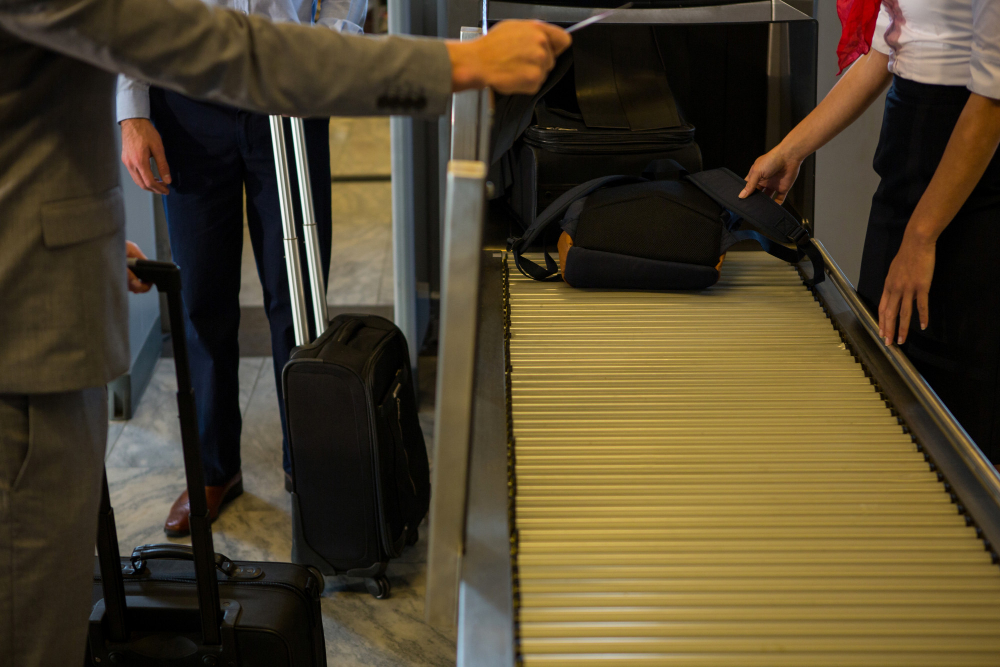
In an increasingly complex and interconnected world, the need for advanced security measures has never been more critical. From airports and border checkpoints to high-security buildings and public venues, ensuring the safety of people, assets, and infrastructure is a top priority. One of the most effective tools developed in recent years for this purpose is the X-ray camera scanner — a sophisticated technology that transforms traditional screening into a more accurate, efficient, and reliable process.
The X-ray camera scanner is no longer confined to just airports or customs departments. Its applications have expanded significantly, and its role in public safety is now more essential than ever. By allowing security personnel to see beyond the surface, these scanners provide an in-depth view of the internal components of bags, parcels, and even vehicles, enabling faster threat detection and reducing the risk of human error.
What Is an X-ray Camera Scanner?
An X-ray camera scanner is an advanced imaging device that uses X-ray technology to produce detailed images of the contents inside various objects without opening or physically handling them. The system typically consists of a generator that emits X-rays, a detector array that captures the radiation after it passes through the object, and an imaging system that converts the data into high-resolution visuals.
These scanners are engineered to differentiate between organic, inorganic, and metallic materials by interpreting how X-rays are absorbed or scattered by different substances. The images produced offer a layered, color-coded view, which makes it easier for operators to identify concealed items like weapons, explosives, contraband, or hidden compartments.
Enhancing Security Through Greater Visibility
One of the primary advantages of using an X-ray camera scanner in security operations is the visibility it offers. Traditional security checks rely heavily on manual inspection, which can be time-consuming and prone to human error. An X-ray scanner eliminates guesswork by providing clear, detailed images that reveal the internal layout of luggage, cargo, or vehicles within seconds.
For instance, in an airport setting, carry-on bags pass through a conveyor system where the scanner instantly captures cross-sectional images. Trained security staff can easily detect suspicious items without opening the bag, which not only speeds up the process but also reduces inconvenience for travelers. In cargo scanning scenarios, high-powered scanners can analyze the contents of shipping containers, helping identify hidden threats without disrupting logistics operations.
Speed and Efficiency in High-Traffic Areas
In areas where large volumes of people and goods are moving constantly — such as railway stations, government buildings, and event venues — time is of the essence. Long queues can create bottlenecks, increase frustration, and compromise the effectiveness of security protocols. X-ray camera scanners significantly reduce wait times by enabling faster processing of each individual or item.
Because the system captures and processes data in real-time, security personnel can evaluate multiple scans rapidly, allowing for quicker decisions. Some scanners are even equipped with automated threat detection algorithms that flag anomalies, further accelerating the screening process. These intelligent systems ensure that the balance between safety and convenience is maintained, even during peak hours or in emergency situations.
Improving Threat Detection Accuracy
One of the standout features of a modern X-ray camera scanner is its high detection accuracy. Advanced imaging algorithms and machine learning capabilities have made it possible to automatically identify potential threats based on shape, density, and composition. This reduces reliance on manual interpretation, which can vary based on operator experience and fatigue.
For example, scanners can be calibrated to detect specific types of explosives, narcotics, or smuggled items. When a potential threat is identified, the system alerts the operator and highlights the object in question, enabling quick action. This precision not only enhances safety but also reduces the number of false positives, allowing security staff to focus their attention where it’s truly needed.
Non-Intrusive Scanning and Privacy Considerations
A key concern in modern security operations is the need to respect individual privacy while maintaining high safety standards. The X-ray camera scanner addresses this challenge by offering non-intrusive scanning methods that do not require physical contact or personal exposure. Items can be inspected without being opened, and people can be screened without direct invasion of privacy.
Unlike full-body scanners, which sometimes raise ethical concerns, item-based X-ray scanners focus only on the contents of luggage, parcels, or vehicles. This allows for effective threat detection while upholding standards of privacy and human dignity. Advanced models also utilize low-dose radiation that is well within global safety guidelines, ensuring the well-being of both staff and the public.
Conclusion
In an era defined by rapid movement and complex threats, the need for reliable, intelligent security solutions has never been greater. The X-ray camera scanner stands at the forefront of this evolution, offering unmatched accuracy, speed, and versatility. By empowering security teams with deep visual insight and automated threat detection, these scanners play a vital role in protecting people and infrastructure.
From small checkpoints to large-scale logistics hubs, the deployment of X-ray camera scanners is transforming how we think about security. As the technology continues to evolve, it will remain a cornerstone of modern safety protocols, helping to create a more secure and efficient world.


